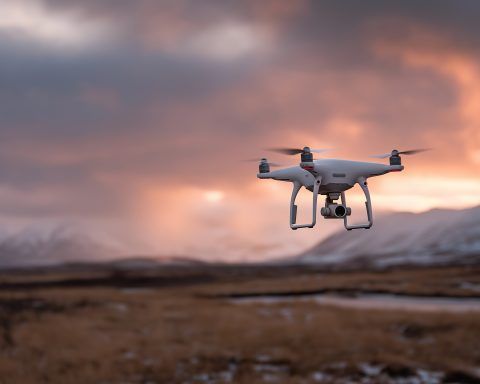
Tech Shockwaves: iPhone 17 Frenzy, Xbox Price Hike, Google Breakup Call & More (Sept 19–20, 2025)
Apple’s iPhone 17 Frenzy and Record India Sales Apple’s latest iPhone 17 series officially hit stores worldwide on September 19, drawing long queues from New York to Mumbai apple.com. In India, crowds lined up outside Apple’s new flagship stores as the










